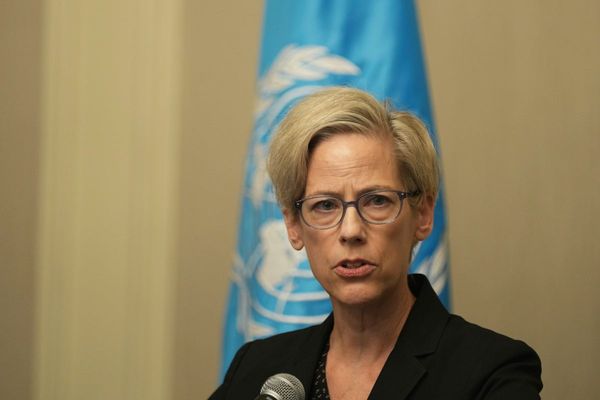
In 2012, more than 1 million people reportedly died from air pollution in China, according to the World Health Organization, with winter smog proving a particular problem in the country’s densely populated capital, Beijing.
The central business district photographed from the Jingshan park
When a thick smog gripped the country in January the following year, the air pollution was so bad it was called an “airpocalypse”. For nearly a month, record breaking levels of PM2.5 – the harmful, breathable particles which affect human health – swamped more than 800 million people.
The Forbidden City
Since then, the government’s clean air action plan has included such measures as placing a quota on new vehicles, trying to reduce coal consumption down from 23m tonnes to a target of 5m tonnes by 2020, and creating five urban forests, 21 small green spaces, 10 leisure parks and 100km of healthy greenways in 2018 alone.
Central business district
The number of “blue sky days” (days of good air quality) in Beijing has increased from just 176 in 2013 to 226 last year, and yet the issue remains critical.
These recent images, shot around the CBD and looking into the Forbidden City, show the difference between clear and polluted skies in Beijing a month apart (5 September and 15 October respectively).
A polluted day in Beijing
People looking at the view from Jingshan park in Beijing







